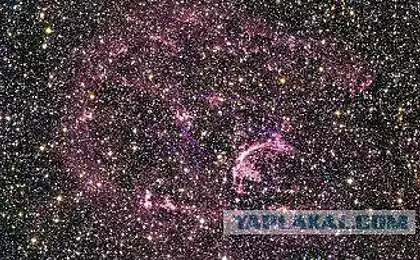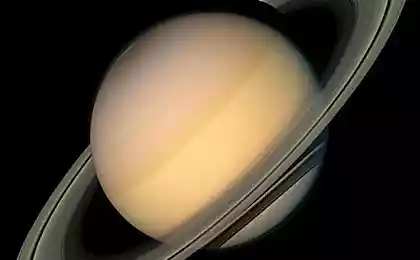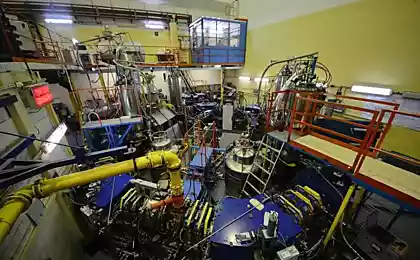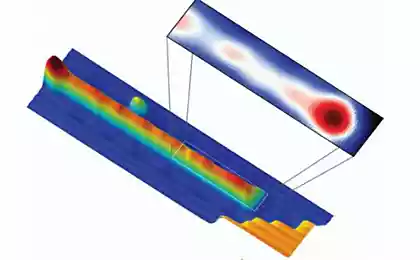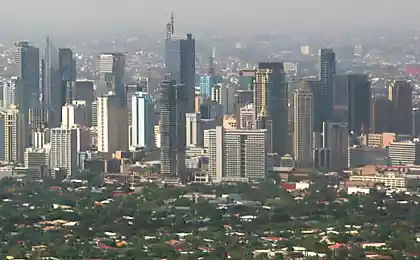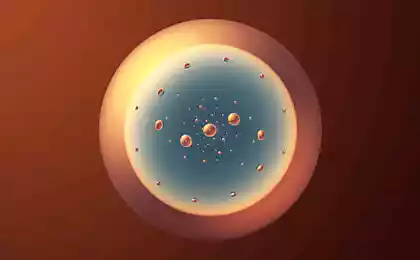862
Creating music from the sounds of the world of elementary particles
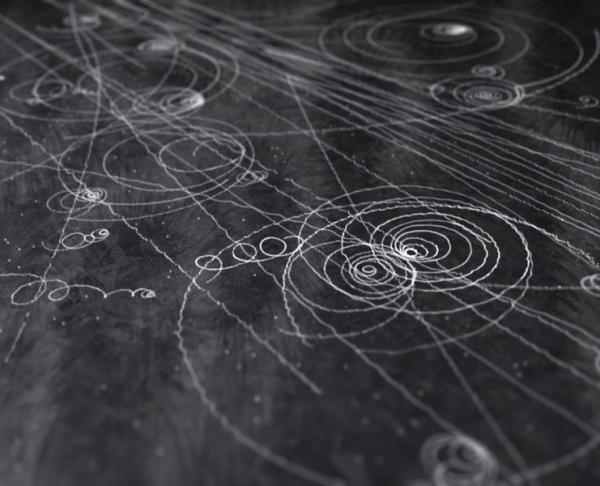
If you've ever tried to listen to the song of the positron, computer network engineer Domenico Vichinantsa can make this dream come true.
Vichinantsa previously experimented with the creation of music related to the seismic activity of the volcanoes, and the execution of Greek music, created about 2000 years ago, with the company, which he formed and named the Lost Sounds Orchestra. Now he finds his inspiration in the field of subatomic through the cloud chamber and bubble chamber, predecessors of today's cutting-edge sensor particles.
Wilson chamber invented by Scottish physicist Charles Thomas Rees Wilson in 1895 in the famous Cavendish Laboratory at Cambridge University. Wilson was interested in the weather and wanted to create a means of reproducing the seals of clouds in the laboratory.
This occurs as a result of the sudden expansion of the scope of a closed vessel filled with air, saturated with water vapor. The sudden expansion causes a decrease in temperature and makes the air supersaturated, leading to compaction.
Wilson studied how ions are the nuclei for water droplets, and even began to photograph the formation of such droplets. By 1910, he found that he could use his device - a cloud chamber to detect charged particles as they leave a trace ions - and water droplets - as they passed through the gas in the chamber.
Bubble chamber operate using similar principles, they are filled with liquid instead of superheated steam. When subatomic particle strikes the nucleus of one of the atoms in a liquid, it causes evaporation, producing a tiny bubble.
Vichinantsa has a lot of experience with scoring algorithms, and now applies the same approach to the "transfer" of positrons in tune. Vsvoeystatev International Science Grid This Week onpishet:
"This new process projects drawing trace particle or bubble cloud chamber directly to the musical notes. Each track circuit will provide a way for the musical notes that will be imposed on them ».
He was particularly intrigued by the symmetry of the subatomic world, insisting that the marks made by a particle and its antiparticle, will lead to a "two symmetric melodies, directed in opposite directions».
Vichinantsa not the first composer who finds inspiration in elementary particle physics through to voice their methods. Last year, the composer Alexis Kirk of the University Interdisciplinary Centre for Computer Music Research Plymouth, collaborated with Rutherford Appleton Laboratory near Oxford, England, to create a duet between a live violinist and radioactive subatomic particles produced in a cloud chamber.
Human cells have developed the ability to protect an important genetic material
One of the possible causes of the extinction of dinosaurs theories
